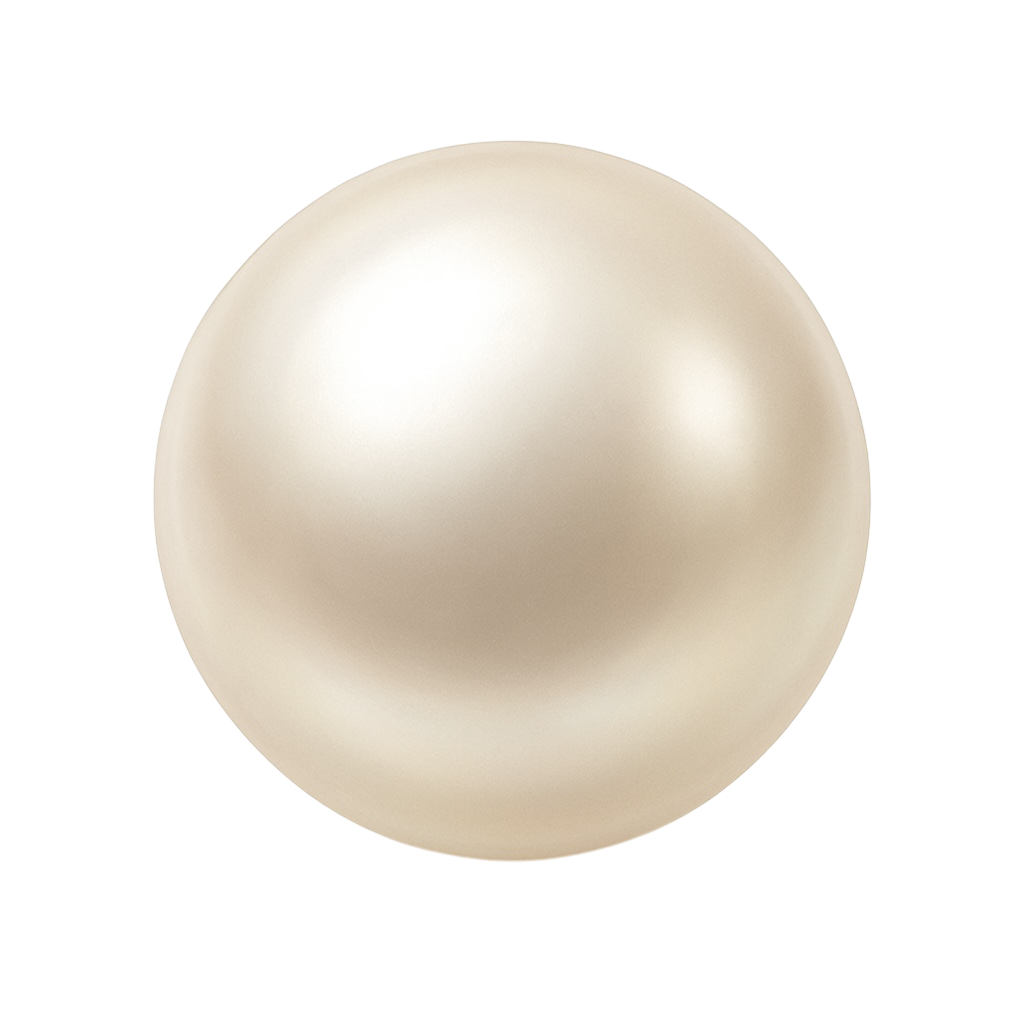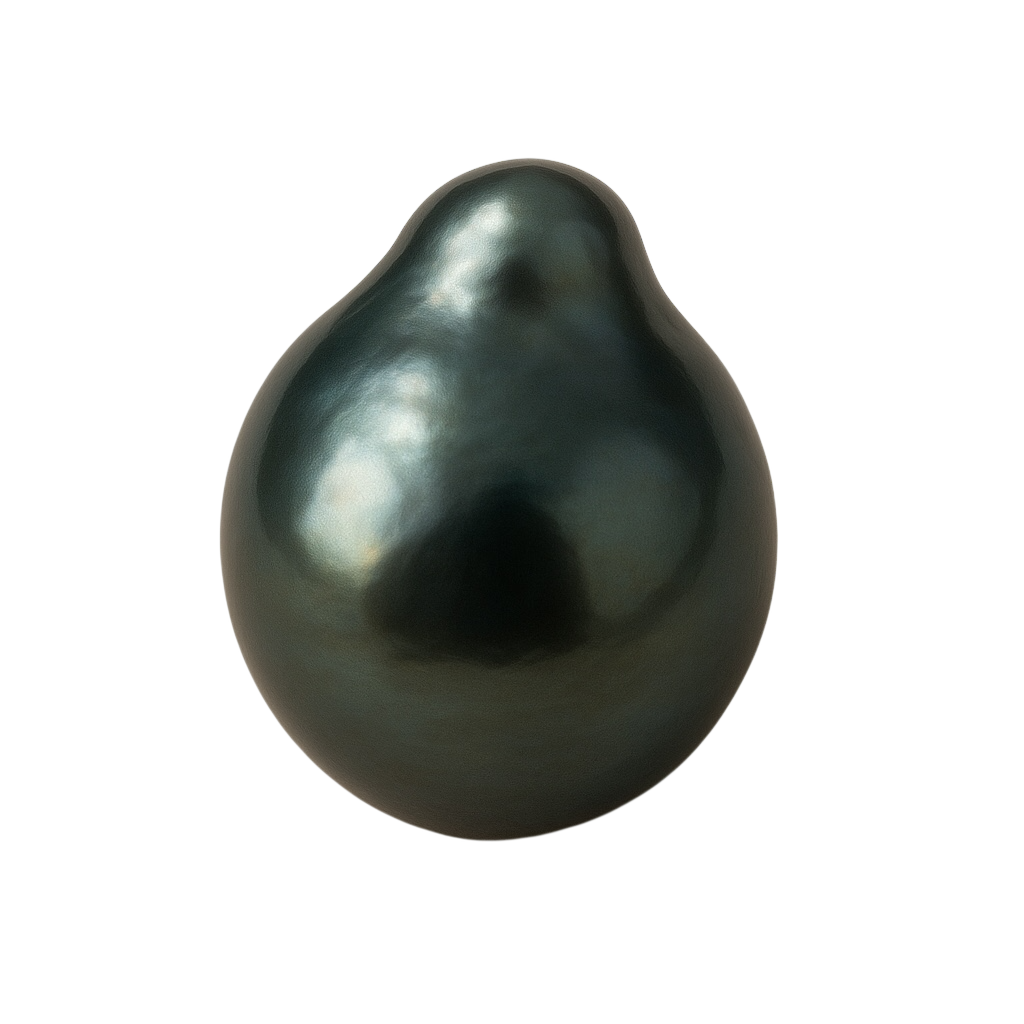
Pearl
Color: Pearls come in many colors: white, cream, pink, silver, gold, blue, green, and black. The classic and most well known color is white or cream.
Hardness: 2.5 to 4.5 on the scale of Mohs. Pearls are relatively soft and sensitive to scratches and chemicals, so careful handling and maintenance are important.
Location: Major sources include Japan, China, Australia, the Philippines, French Polynesia, and Tahiti. Freshwater pearls are often cultivated in lakes and rivers, while saltwater pearls come from the ocean.
Types and Characteristics:
-
Akoya pearl: Classic white or cream colored with a beautiful luster; usually round and often used in classic jewelry such as necklaces and earrings.
-
Tahiti pearl: Black or dark gray pearl; large and rare, originating from French Polynesia.
-
Freshwater pearl: Comes in various shapes and colors; often slightly less luster than saltwater pearls, but very diverse and affordable.
-
South Sea pearl: Large, luxurious pearls, usually white, silver, or gold; from the warm waters around Australia, Indonesia, and the Philippines. They have a soft glow and a silky appearance.
-
Keshi pearl: Small, often irregularly shaped pearls made entirely of mother of pearl; formed as a byproduct of pearl cultivation and have a very high luster.
Shapes:
-
Mabe pearl: Half round pearl; grows against the inside of the shell and is often used for rings and pendants.
-
Bouton pearl: Pearls with one rounded side and one flat side; often used for rings or earrings.
-
Baroque pearl: Irregularly shaped pearl, not symmetrical or round; unique in form and often used for creative jewelry.
Value: The value of a pearl is determined by luster (how shiny and reflective the pearl is), surface quality, shape, color, and size. Large, round, and shiny pearls with a smooth surface are the most valuable. Rare colors such as black, gold, or South Sea pearls can have a higher value.

